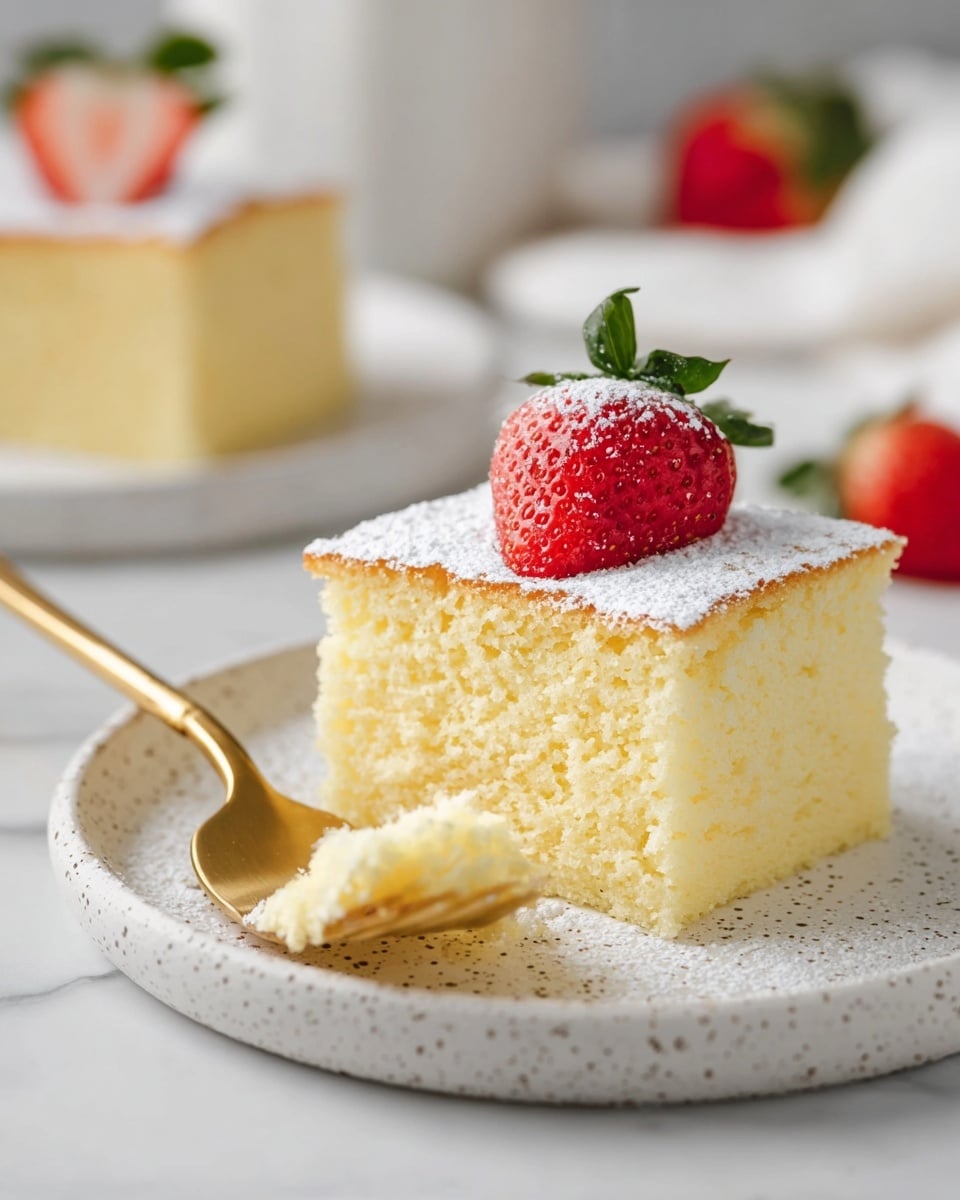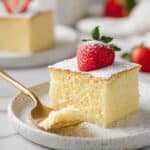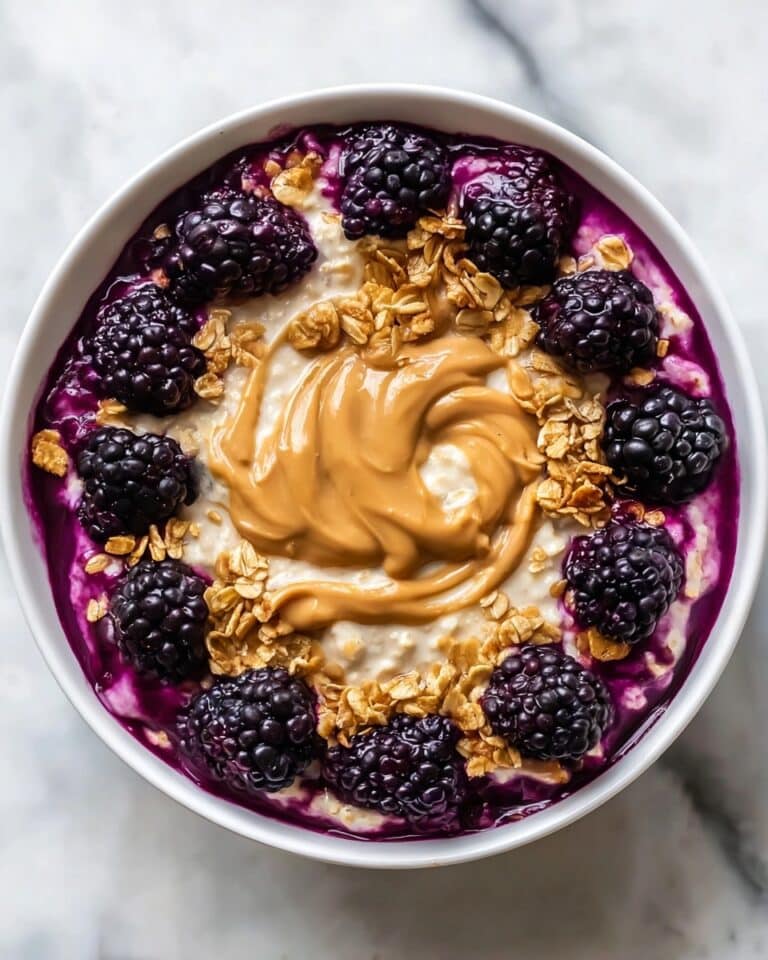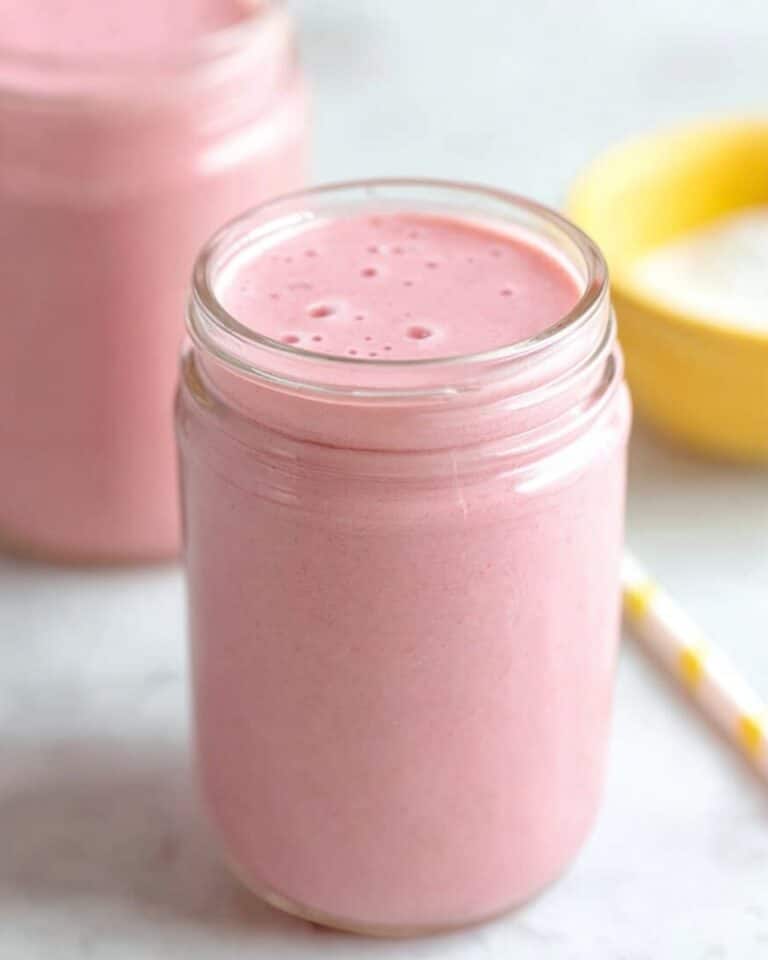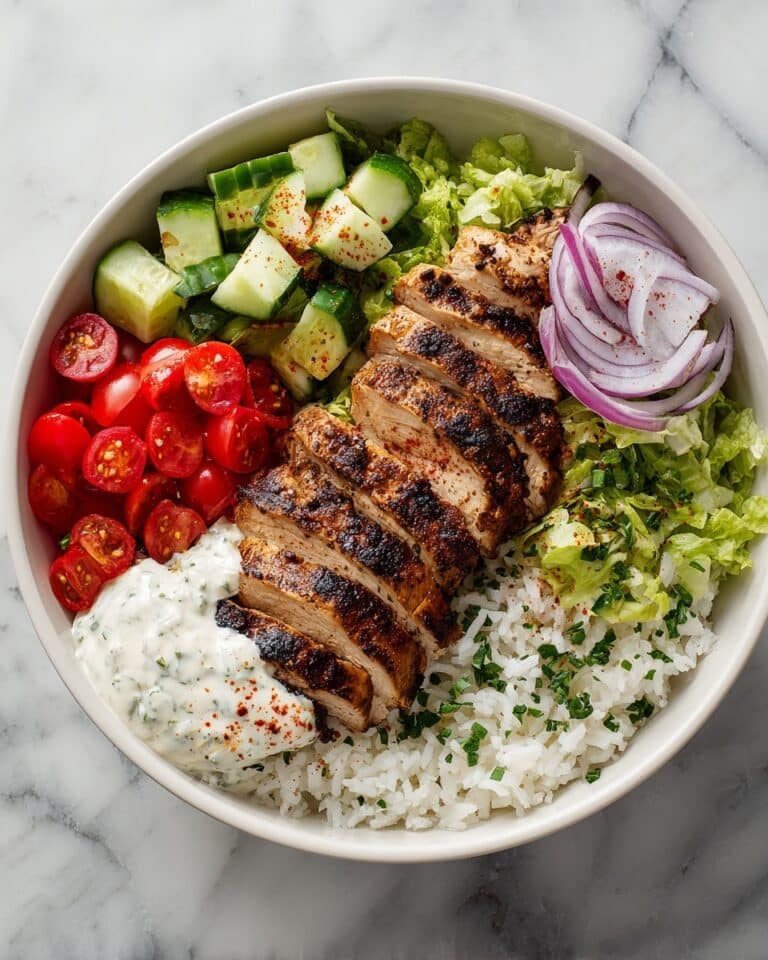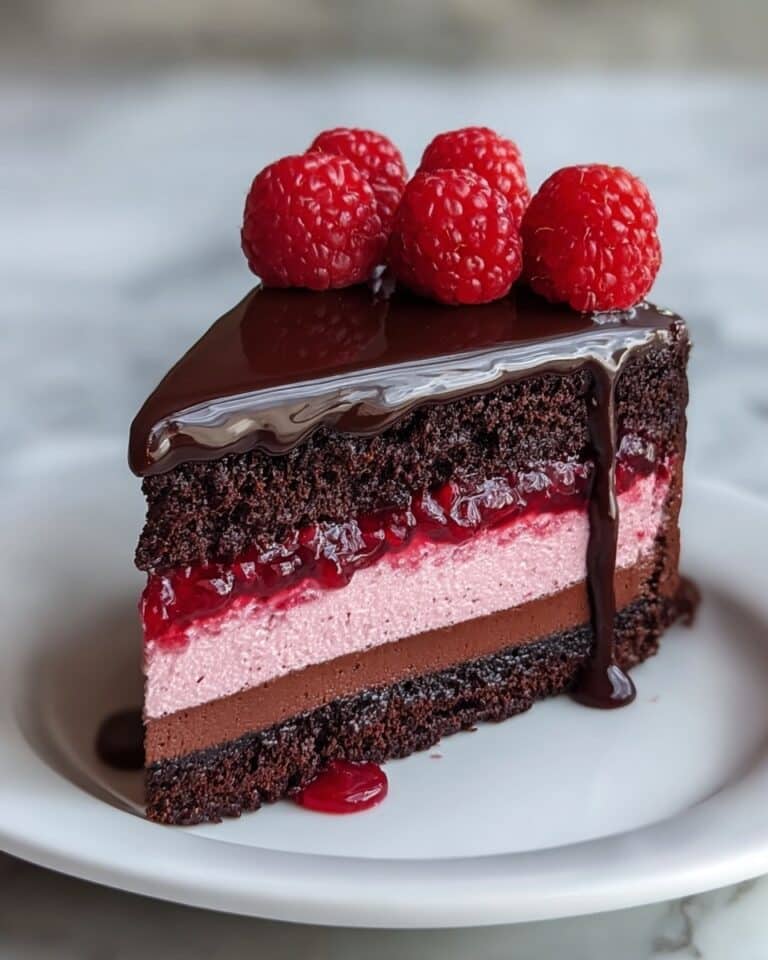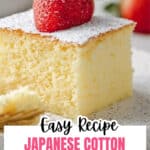If you’ve ever dreamed of biting into a cloud of pure delight, then this Japanese Cotton Cheesecake Recipe is exactly what you need. Fluffy, light, and irresistibly creamy, this cake blends the best of cheesecake richness with a soufflé-like texture that practically melts in your mouth. Ready to savor something truly special? You’re in the right place!
Why You’ll Love This Recipe
- Incredibly Light Texture: Unlike traditional cheesecakes, this recipe gives you a soft, airy feel that’s like biting into a fluffy cloud.
- Simple Ingredients: It calls for easy-to-find staples that come together effortlessly but deliver stunning flavor.
- Elegant and Impressive: This cheesecake looks gorgeous and tastes refined, ideal for impressing guests or treating yourself.
- Versatile and Adaptable: Whether you’re a beginner or pro baker, it’s easy to customize and perfect for many occasions.
Ingredients You’ll Need
The magic of this Japanese Cotton Cheesecake Recipe lies in the simplicity and quality of its ingredients. Each plays a crucial role—light cake flour and cornstarch create that delicate crumb, while the cream cheese and butter bring luscious richness and flavor. Fresh eggs and a touch of vanilla add depth and silkiness, combining to produce a tender, melt-in-your-mouth masterpiece.
- Cake Flour (¼ cup / 30 g): Provides a tender, light crumb essential for that airy texture.
- Cornstarch (2 tbsp / 20 g): Helps maintain fluffiness and prevents the cake from becoming dense.
- Cream Cheese, full fat (¾ cup / 180 g): The creamy heart of the cheesecake, smooth and rich.
- Unsalted Butter (2 tbsp / 30 g): Adds buttery richness and balances the cream cheese’s tang.
- Milk, full fat (3½ tbsp / 50 g): Keeps the batter moist and silky.
- Egg Yolks (3 large): Build richness and add color.
- Vanilla Extract (½ tsp): Infuses a subtle sweetness and warmth.
- Egg Whites (3 large): Whipped into meringue, they’re the key to fluffy structure.
- Granulated Sugar (⅓ cup / 70 g): Sweetens and stabilizes the meringue.
- Lemon Juice (½ tsp): Enhances the egg whites and adds brightness.
- Powdered Sugar: For the delightful finishing touch garnish.
Note: Exact ingredients and measurements are listed in the recipe card below.
Variations
One of the best things about this Japanese Cotton Cheesecake Recipe is how easy it is to personalize. Whether you want to play with flavors, adjust to dietary preferences, or elevate visuals, there are plenty of ways to make this recipe uniquely yours—and trust me, each variation is a joy to explore!
- Matcha Latte Twist: Add 1 tablespoon of finely sifted matcha powder to the flour before mixing to infuse that beautiful green tea flavor and color.
- Chocolate Swirl: Fold in some melted dark chocolate into a portion of the batter to create a gorgeous marbled effect inside the cake.
- Vegan Adaptation: Use vegan cream cheese and substitute eggs with aquafaba (chickpea water) for the meringue—just keep in mind the texture will slightly differ.
- Fruit Toppings: Fresh berries or a tangy passionfruit syrup complement the mild sweetness perfectly for a refreshing finish.
How to Make Japanese Cotton Cheesecake Recipe
Step 1: Preheat and Prepare Your Pan
First things first: set your oven to 300°F (150°C). While it warms up, line the bottom and sides of a 6-inch round baking pan with parchment paper—this ensures your delicate cake won’t stick and will come out cleanly, ready to wow.
Step 2: Melt Butter and Cream Cheese Together
Using a double boiler, gently melt the cream cheese and butter along with the milk. Keep whisking until everything is smooth and reaches around 130°F (55°C). This warm, silky mixture forms the luscious base of your cheesecake batter.
Step 3: Add Egg Yolks and Vanilla
Remove your bowl from the heat and whisk in the egg yolks followed by the vanilla extract. This enriches your batter with deep flavor and creaminess—an essential step for that unforgettable taste.
Step 4: Sift in Dry Ingredients
Sift the cake flour and cornstarch into the wet mixture for a smooth, lump-free batter. Whisk until silky, then pass the batter through a fine mesh sieve. This extra step guarantees the lightest, fluffiest texture and a flawless crumb.
Step 5: Make the Perfect Meringue
Beat the egg whites with the lemon juice until frothy. Gradually add the sugar in three batches, whipping the whites up to medium soft peaks—when the peaks gently fold over like soft serve ice cream. Then lower the mixer speed and keep mixing for 30 seconds to banish any large bubbles, ensuring a stable and airy meringue.
Step 6: Combine the Batter and Meringue
Fold one-third of the meringue into the egg batter gently until smooth. Then carefully fold the batter into the remaining meringue, preserving as much air as possible—this is what makes the cake so wonderfully fluffy.
Step 7: Prepare the Water Bath and Bake
Pour the batter into your lined pan, tapping it gently from about 5 inches up to release big air bubbles. Place this pan in a larger deep tray, and fill the tray with about 1-2 cm of boiling water for a gentle bain-marie bake. This water bath prevents cracking and keeps the cake moist as it rises.
Step 8: Baking Temperature Journey
Bake initially at 300°F (150°C) for 30 minutes, then drop to 230°F (110°C) for another 30 minutes. Finally, bring the heat up to 275°F (135°C) for about 13-15 minutes until the top is beautifully golden. Keep an eye out—if cracks appear, briefly crack the oven door to release steam. The cake’s done when a toothpick inserted comes out mostly clean.
Step 9: Cool Properly for Perfect Texture
After baking, leave the cake in the oven with the door cracked for 15 minutes, then remove the water bath and keep it in the oven another 15 minutes to avoid temperature shocks that cause shrinking. Finally, cool on a rack before dusting lightly with powdered sugar—this cake deserves a delicate finish!
Pro Tips for Making Japanese Cotton Cheesecake Recipe
- Room Temperature Eggs: Always use eggs at room temperature; they whip into better meringue and combine more smoothly.
- Gentle Folding: Fold ingredients carefully and slowly to keep as much air in the batter as possible for that signature fluff.
- Water Bath Importance: Never skip the water bath—it creates steam that keeps the cake moist and prevents cracking.
- Watch the Oven: Oven temperatures vary; if the top cracks during the final bake, open the door slightly to release steam and protect the cake.
How to Serve Japanese Cotton Cheesecake Recipe
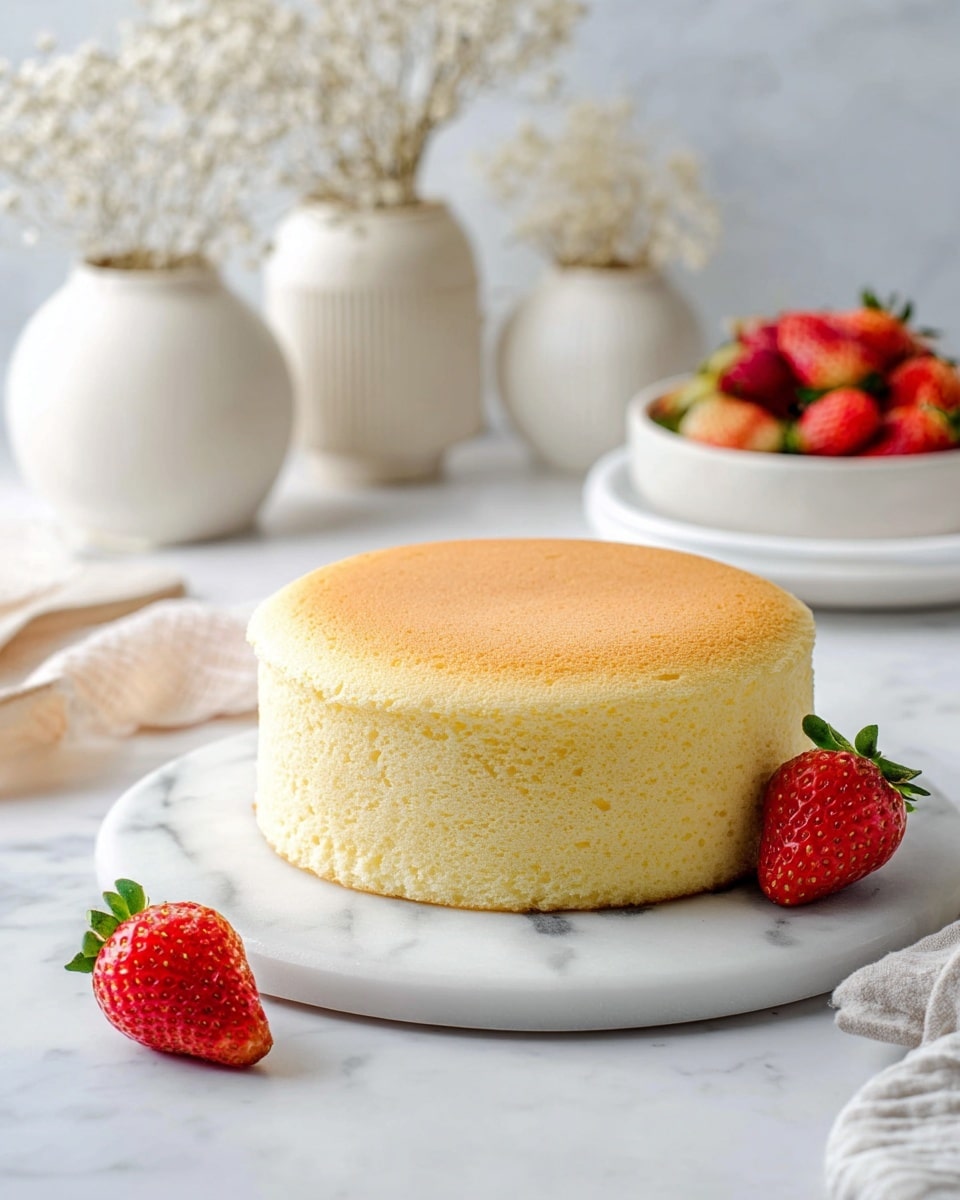
Garnishes
Keep the garnishes simple to highlight the cake’s delicate flavor. A light dusting of powdered sugar is classic and elegant, but you can also add fresh berries, a drizzle of honey, or a spoonful of whipped cream for a little extra indulgence without overpowering the subtle sweetness.
Side Dishes
Pair your Japanese cotton cheesecake with a cup of green tea or a mild black tea—both complement the creamy texture beautifully. For a fruity side, fresh sliced peaches, strawberries, or citrus segments add a lovely contrast to the cake’s softness.
Creative Ways to Present
Try serving individual mini cheesecakes in elegant ramekins for personal portions. Or create a layered dessert by slicing the cake and serving it with alternating layers of berry compote and whipped cream in a glass. Not only does this look stunning, but it also makes each bite a delightful surprise.
Make Ahead and Storage
Storing Leftovers
Keep any leftover Japanese Cotton Cheesecake tightly covered in the refrigerator—either wrapped well with plastic wrap or stored in an airtight container—to maintain its moist, tender texture. It stays deliciously fresh for up to 3 days.
Freezing
This cheesecake freezes beautifully. Wrap portions tightly in plastic wrap and then in foil or place them in a freezer-safe container. For best quality, use within 1 month. Thaw overnight in the fridge before serving.
Reheating
It’s best enjoyed cold or at room temperature, but if you prefer it slightly warm, gently reheat in a low oven (about 275°F / 135°C) for 5-7 minutes. Avoid microwaving as it can alter the delicate texture.
FAQs
-
What makes Japanese cotton cheesecake different from regular cheesecake?
The key difference is the texture—Japanese cotton cheesecake is airy, fluffy, and lighter than traditional cheesecakes, which tend to be dense and creamy. This is achieved by incorporating meringue into the batter and baking it in a water bath.
-
Can I use low-fat cream cheese for this recipe?
Using full-fat cream cheese is recommended because it provides the richest flavor and best texture. Low-fat versions may result in a less creamy and firmer cake.
-
Why is a water bath necessary for baking this cheesecake?
The water bath creates steam that gently cooks the cake, keeps it moist, and prevents cracking on the surface. It ensures a smooth, delicate texture by regulating the baking temperature.
-
How do I know when the cheesecake is done?
The cake is done when the top is golden, and a toothpick inserted into the center comes out mostly clean with a few moist crumbs. Also, the cake will feel set but still springy to the touch.
Final Thoughts
I can’t recommend this Japanese Cotton Cheesecake Recipe enough—it’s that perfect balance of delicate, creamy, and light that turns any ordinary day into a special occasion. Once you try it, you’ll find yourself coming back for slices again and again, sharing smiles, and making memories one fluffy bite at a time. Go ahead, bake it, and treat yourself—you deserve it!
PrintJapanese Cotton Cheesecake Recipe
This Japanese Cotton Cheesecake is an irresistibly light and fluffy dessert with a melt-in-your-mouth texture. Featuring a delicate blend of cream cheese, egg whites whipped into soft meringue, and a gentle baking process with a water bath, it creates a souffle-like cake perfect for special occasions or a refined treat.
- Prep Time: 20 minutes
- Cook Time: 1 hour 15 minutes
- Total Time: 2 hours 5 minutes (including cooling)
- Yield: 5 servings
- Category: Dessert
- Method: Baking
- Cuisine: Japanese
- Diet: Gluten Free
Ingredients
Flour & Starch
- 1/4 cup (30 g) cake flour
- 2 tablespoons (20 g) cornstarch
Dairy & Eggs
- 3/4 cup (180 g) full fat cream cheese (brick)
- 2 tablespoons (30 g) unsalted butter, room temperature
- 3 1/2 tablespoons (50 g) full fat milk
- 3 large egg yolks, room temperature
- 3 large egg whites, room temperature
Flavorings & Others
- 1/2 teaspoon (2 g) vanilla extract
- 1/3 cup (70 g) granulated sugar
- 1/2 teaspoon (2 g) lemon juice
- Powdered sugar (for garnish)
Instructions
- Preheat and prepare pan: Preheat your oven to 300°F (150°C) and line the bottom and sides of a 6-inch round baking pan with parchment paper to prevent sticking.
- Melt the butter and cream cheese over a double boiler: Bring a small saucepan half-filled with water to a boil. Place cream cheese, unsalted butter, and milk in a heatproof bowl over the pan and whisk until fully melted and combined, reaching approximately 130°F (55°C).
- Add egg yolks and vanilla: Remove the bowl from heat and whisk in the egg yolks and vanilla extract until fully combined.
- Sift in the cake flour and cornstarch: Using a fine mesh sieve, sift the cake flour and cornstarch into the wet mixture. Whisk until smooth, then pass the batter through the sieve again to remove any lumps, ensuring a silky texture.
- Make the meringue: In a large mixing bowl, beat the egg whites and lemon juice with an electric mixer on high speed until frothy. Gradually add the granulated sugar in three batches while continuing to beat, until medium soft peaks form—when peaks gently fold over like soft serve ice cream. Then mix on low speed for 30 seconds to break up large bubbles.
- Fold 1/3 of the meringue into the egg yolk batter: Gently fold one-third of the meringue into the egg yolk and cream cheese batter until smooth and combined, to lighten the mixture.
- Fold the egg yolk batter into the remaining meringue: Carefully fold the lightened batter back into the remaining meringue to maintain the airy texture. Avoid over-mixing to preserve the volume.
- Pour batter into pan and prepare water bath: Transfer the batter into the prepared pan. Tap the pan gently from about 5 inches high to pop large air bubbles. Place the pan inside a larger deep baking tray and pour 1-2 cm of hot boiling water into the outer tray to create a water bath for gentle, even baking.
- Bake the cheesecake: Bake at 300°F (150°C) for 30 minutes, then reduce heat to 230°F (110°C) and bake for another 30 minutes. Increase temperature to 275°F (135°C) and bake for an additional 13-15 minutes. Watch carefully to prevent cracking; if cracks appear, slightly open the oven door briefly to release steam.
- Cool the cake gradually: Turn off oven and let the cake sit inside for 15 minutes with the door slightly cracked. Remove the water bath and keep the cake in the oven for another 15 minutes. Finally, remove the cake from the pan and place it on a wire rack to cool completely.
- Garnish and serve: Before serving, sift powdered sugar on top for a delicate finishing touch. Enjoy the fluffy, light texture of this Japanese cotton cheesecake!
Notes
- Room temperature eggs help achieve better volume in the meringue.
- Be gentle when folding to preserve the airiness that makes this cake light.
- Using a water bath prevents cracks and ensures even baking with a moist texture.
- Watch the cake closely in the final bake stage to prevent overheating and cracking.
- Sifting the batter before baking removes lumps for a smooth texture.
- Allow the cake to cool gradually to avoid shrinking or collapsing.

